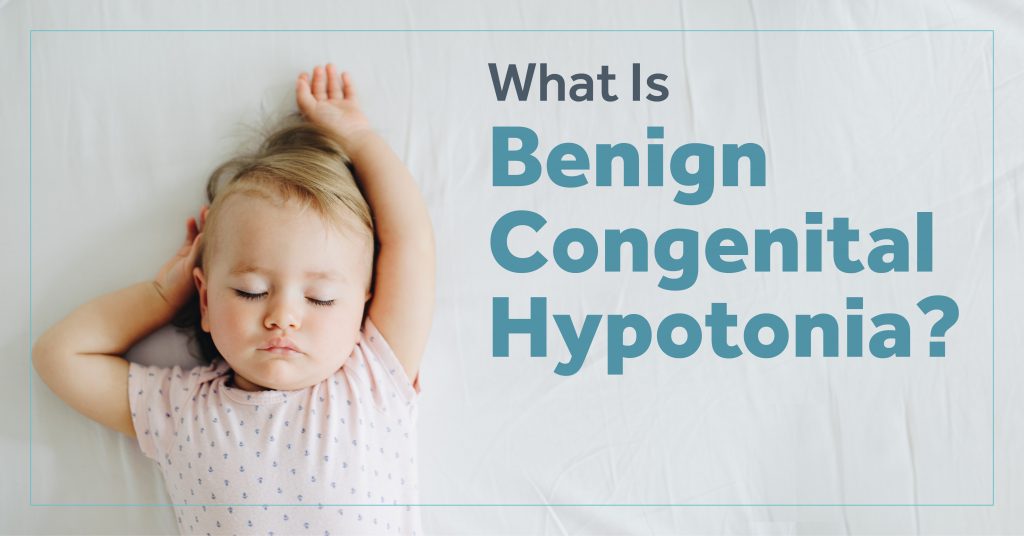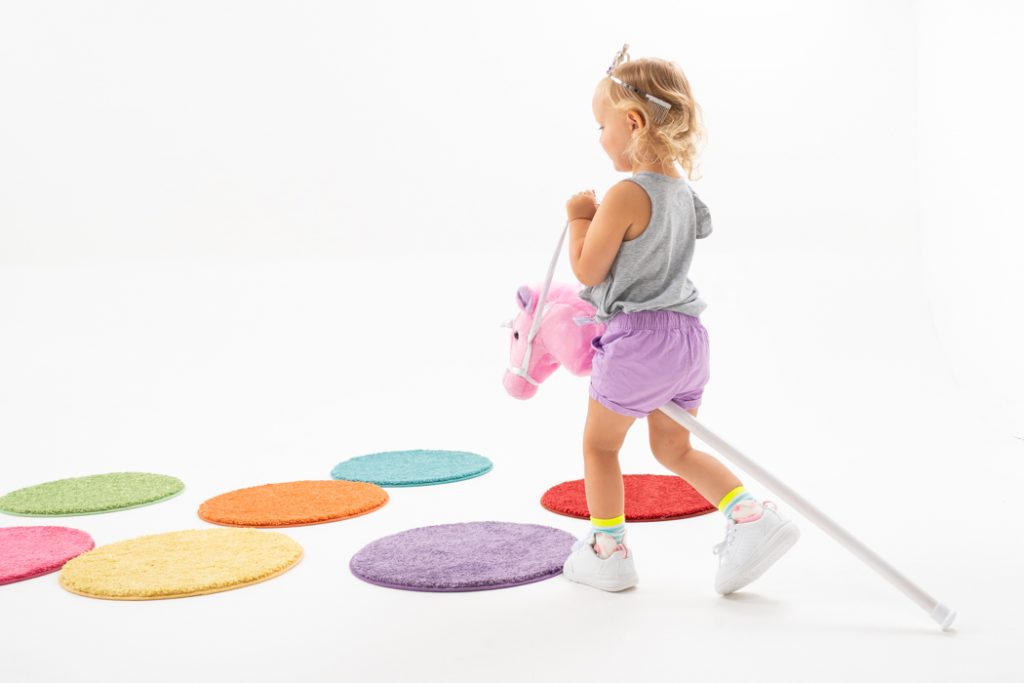29
Aug
2018
Benign Congenital Hypotonia – What Is It?

Some parents never ask why their child has hypotonia. It’s clear. Diagnoses such as Down syndrome and cerebral palsy provide that answer early in life.
Other parents only find out after an avalanche of tests and visits to specialists. It takes time. But the mystery gets solved.
And then there’s a third group. These parents never learn why. It’s not a lack of trying. There simply is no answer to find.
What Is Benign Congenital Hypotonia?
Benign congenital hypotonia (sometimes called benign hypotonia, congenital hypotonia, or abbreviated as BCH) is a diagnosis of hypotonia but without an underlying cause.
Said more simply, a child has hypotonia. We just don’t know why.
You can think of it as a diagnosis without a diagnosis. It’s the final answer after going through the process of elimination. Of the 600+ conditions known to cause hypotonia, the child cannot be definitively linked to any of them.
What Are The Basics Of Hypotonia?
A deeper dive into hypotonia can be found in this post, but here are the basics:
- Also called low muscle tone
- Kids do not outgrow it
- There is no cure, but it can be treated
- Severity varies from child to child
- Muscle tone and muscle strength are not the same things

What Are The Signs Of Benign Congenital Hypotonia?
Hypotonia can impact everything from sitting to walking to eating. It also affects each child differently, but some of the most common signs of benign congenital hypotonia include:
- W-sitting
- Pronation
- Poor posture
- Impaired mobility
- Delayed motor skills
- Laxity of joints and ligaments
- Difficulty breathing/swallowing
What Is Pronation?
One of the most frequent and noticeable symptoms of hypotonia is pronation.
Also called flat feet, it occurs when the ankles roll inward. The arches disappear, forcing your child to walk on the inside part of his or her feet. And it doesn’t stop there. Pronation can cause poor knee, hip, and back alignment.
What Are The Treatment Options?
Physical therapy is an excellent starting point. It can help develop motor skills and strengthen your little one’s muscles. But even the most attentive physical therapist will only spend a couple of hours each week with your child. What about the rest of the time?
Orthotics.
Surestep SMOs specialize in the treatment of hypotonia. These tiny braces have helped thousands of kids be more stable, more mobile, and more confident. Curious to learn more? Ask your physical therapist or pediatrician.
